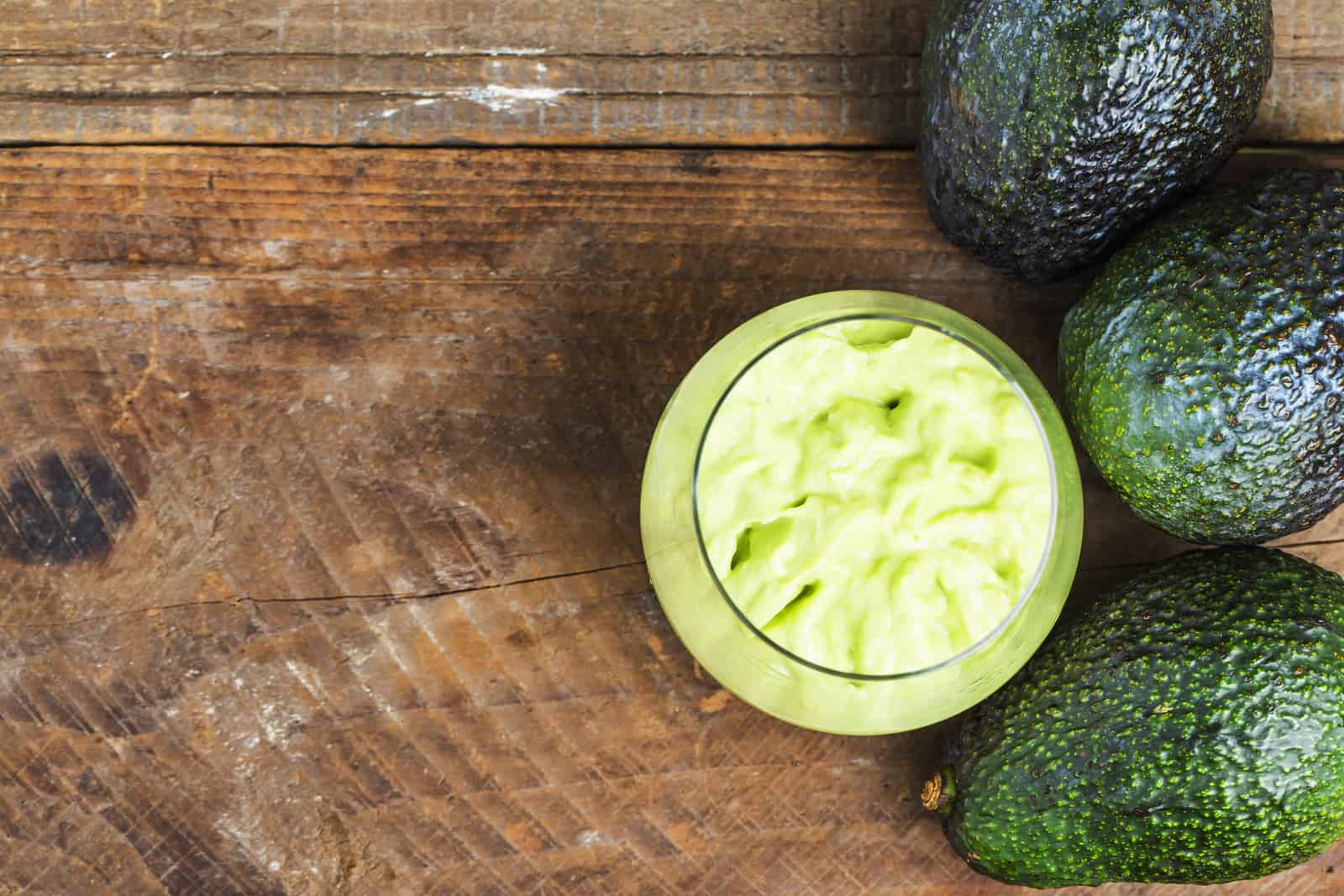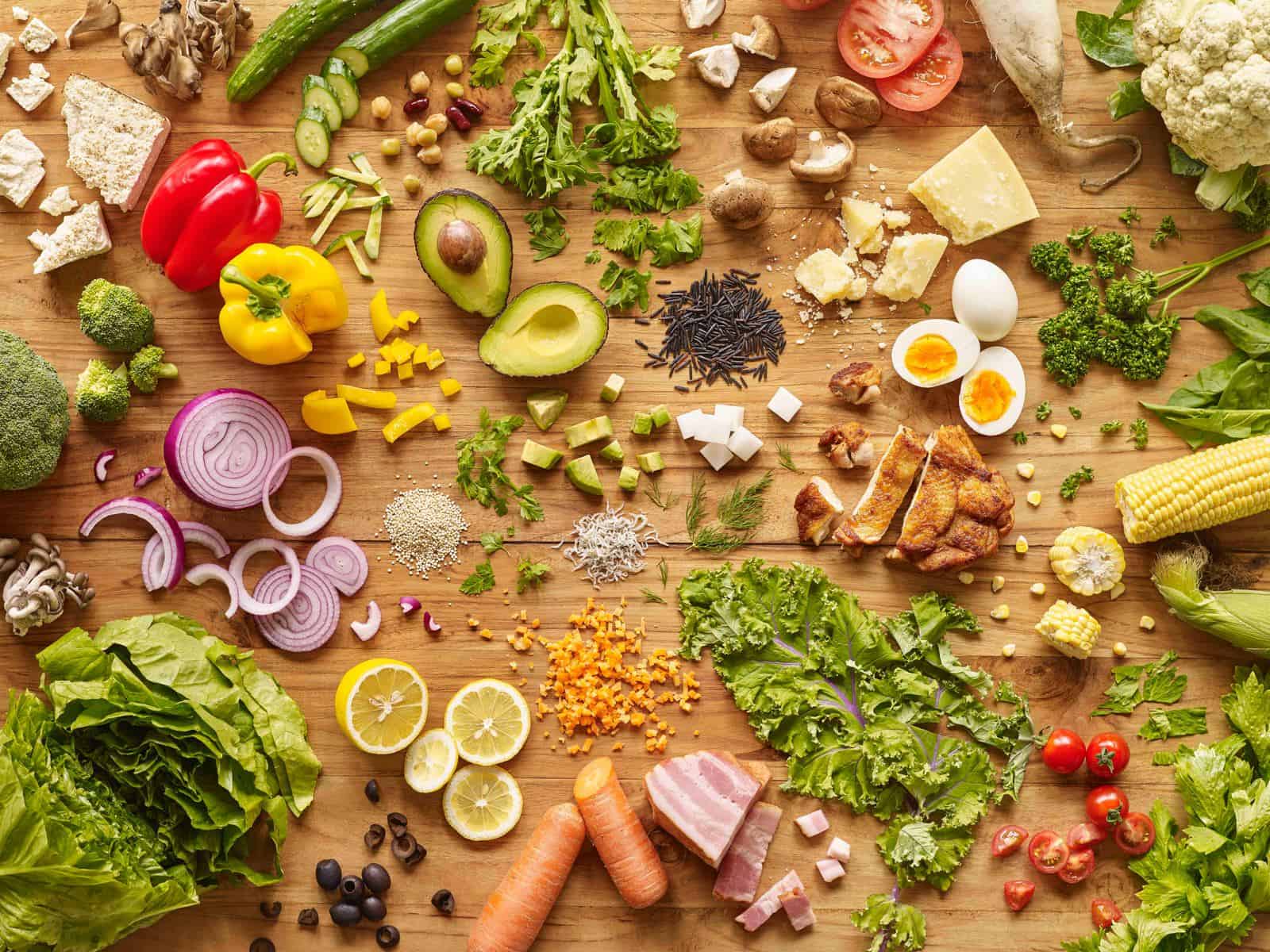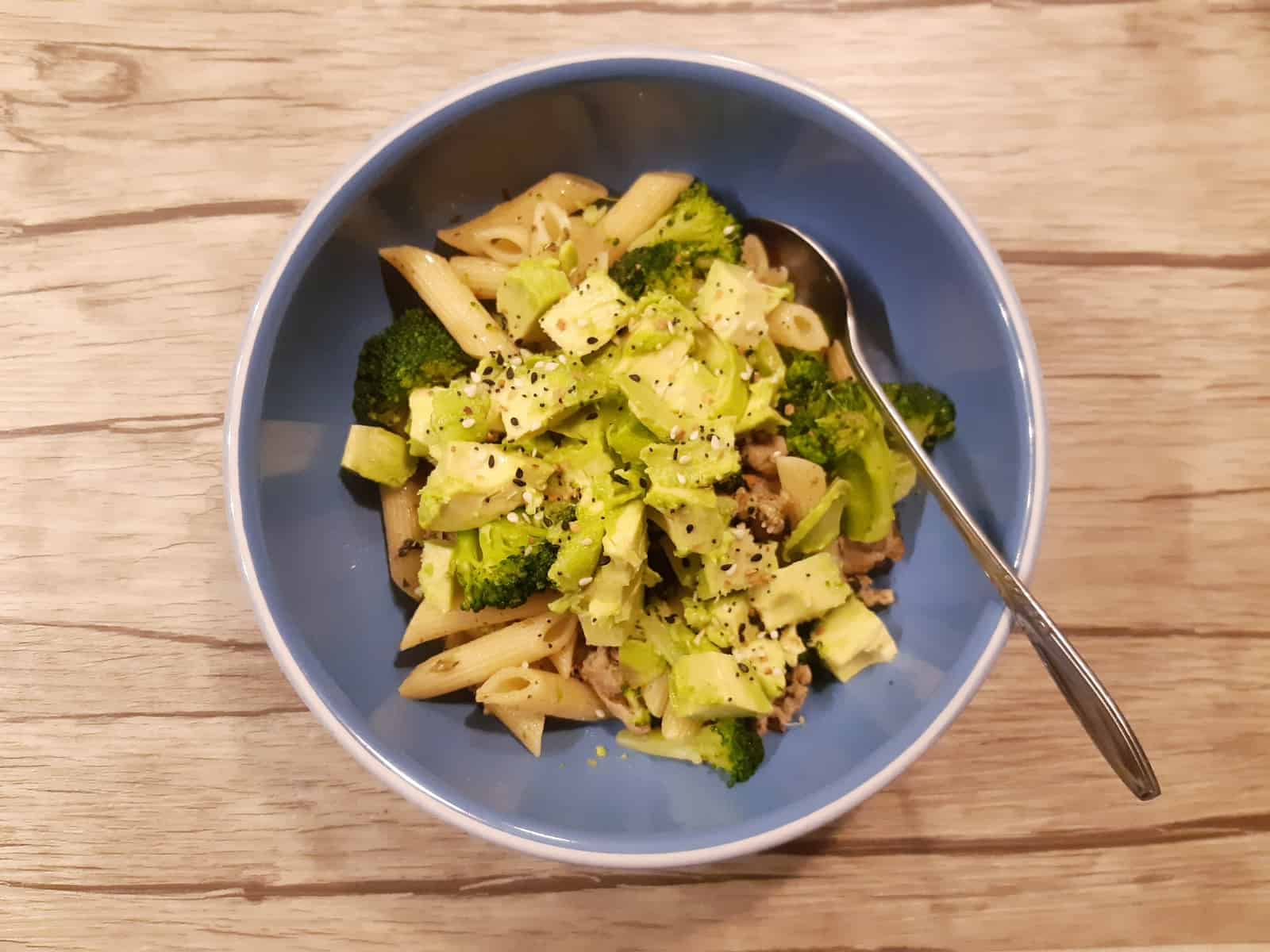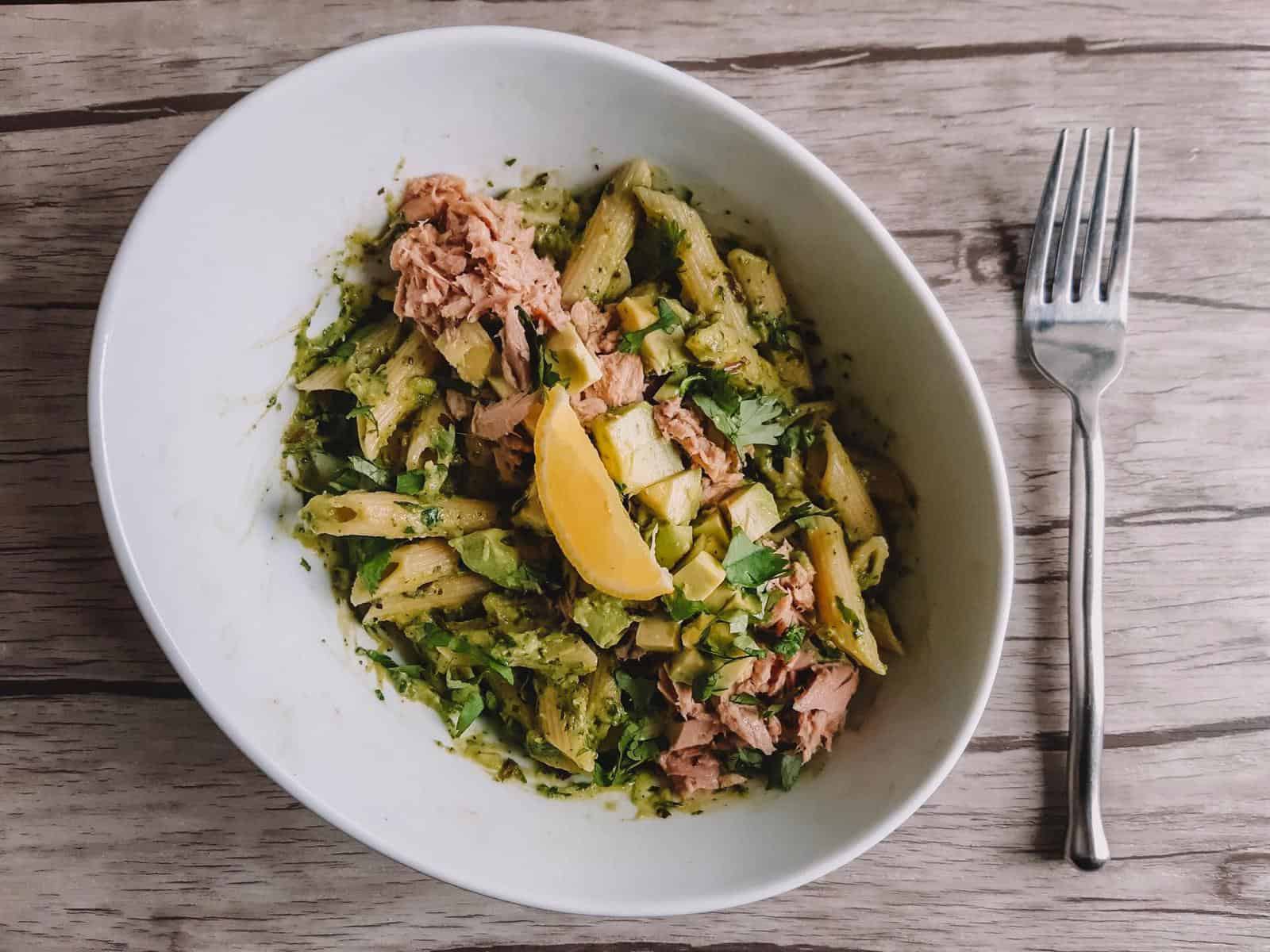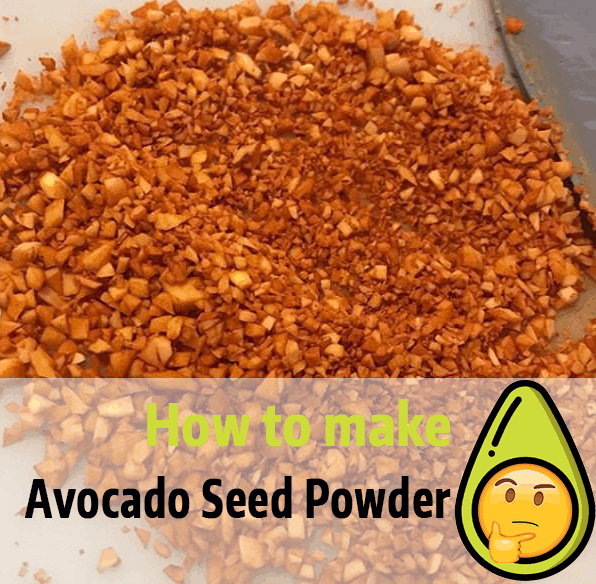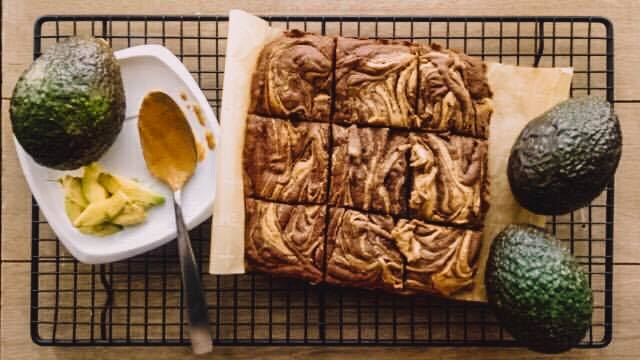In our journey to find all the qualities and uses of avocado, God’s greatest gift, we showed you how you can use its leaves, make avocado butter or even how it can improve fertility. Today we show you how to make avocado soap, it is easy:
Mix lye and French clay until well-blended and refrigerate. Blend the mashed avocado and oils with an immersion blender and add the lye mixture. Stir in the essential oils too if you wish. Put the batter into the mold and refrigerate. After firm, slice avocado soap into bars.
Table of Contents
Introduction
Avocado is a fruit with a miraculous amount of benefits for your body. By adding avocado puree to soap, you will provide those benefits for your skin. Avocado nourishes, softens, and soothes your skin, and because of its deeply moisturizing properties, it is especially good for dry skin.
Adding avocado will also make the soap feel luxurious and creamy. To top it off, it even has anti-aging properties! All in all, avocado soap will make sure that your skin looks wonderful and fresh.
If you don’t know how to make avocado soap, fear not! It is not a difficult project, and once you are done, not only will you look good, but you will also feel accomplished. Are you ready to get started on making the best green soap that your skin will love?
Ingredients
- 3 oz fresh avocado, mashed
- 3.5 oz shea butter (12.5 percent) OR 3.5 oz avocado butter
- 2 tsp French green clay
- 4 oz avocado oil (14.3 percent)
- 1.5 oz castor oil (5.4 percent)
- 7.5 oz coconut oil (26.8 percent) OR babassu oil (reduce the amount of lye)
- 11.5 oz olive oil (41 percent)
- 3.9 oz sodium hydroxide (lye)
- 5.75 oz distilled water
- A mold (ideally a silicone mold)
Optional
- 0.56 oz peppermint essential oil
- 0.35 oz fir needle essential oil
- 0.14 oz rosemary essential oil
- Decorations (lavender, poppy seeds, herbs, orange slices, flower petals…)
This recipe yields 7 to 8 bars of soap.
Should I Choose Shea Butter or Avocado Butter
Butters are a great ingredient that is used in many body care products, from lip balms to soaps. They add a thick, luxurious and rich texture. In soaps, their purpose is to make the soap bar firm. Too much of anything is a bad thing, however, so don’t overdo it with the butter or the soap might crack.
Ultimately, which butter you choose depends on your preference. Avocado butter is somewhat softer and more spreadable than shea butter, melts in contact with skin and has a nice, smooth texture. Shea butter has skin-care and conditioning properties, but it isn’t great with lather. So while both of these are a good choice, in the spirit of this being an avocado soap, we would recommend that you use avocado butter. The choice is up to you!
How about Any Other Butter?
You can use mango, cocoa or kokum butter, too, or even lard or tallow. Be creative! If you decide to go for any of these, know that you don’t need to make any adjustments to the recipe.
I am Allergic to Coconut Oil! What should I use?
Sure thing. Substitute it with babassu oil, and reduce the amount of lye to 3.85 ounces.
Instructions
Now that you have everything you need, it’s time to get down to business and find out how to make avocado soap! You can gift some to your friends and family and make their day, or indulge in it and keep your beautifully moisturized skin a secret!
IMPORTANT! Before you start, make sure that you are adequately prepared and equipped. Work in a ventilated space and wear goggles, gloves, and long sleeves. Keep pets and children away for their safety.
Preparation
Prepare the ingredients and the mold that you will use. Clear a working surface where you will make the soap, and free up some space in your refrigerator. Prepare the avocado puree as well before you begin.
Step 1
Stir the sodium hydroxide (lye) into the distilled water carefully. The result will be very concentrated because of the lack of water. This is normal – mashed avocados will provide the rest of the moisture necessary later, so don’t add any more water than specified. Keep stirring until the liquid is clear and the lye has dissolved.

Step 2
Slowly add in the French clay. Keep stirring until it blends well. After you’re done, cool the lye solution for about 30-40 minutes, until the temperature reaches around 100 °F.

Step 3
Melt the coconut oil and the avocado butter (or other butter, depending on what you chose). Once melted, add the rest of the oils. Don’t add the essential oils yet, though.
Next, add the mashed avocado and mix it with an immersion blender. Make sure that there are no large chunks left because mold might develop in the soap.

Step 4
Once you’ve thoroughly mixed the avocado with the oils and the mixture is homogenous, add the cooled lye. Stir it until it reaches a light trace. If you’ve planned on adding essential oils, do it now, after the mixture has reached light trace. The batter is done!

Step 5
Pour the batter into a mold. If you wish the soap to keep its nice green color and not turn brown, put the filled mold in the refrigerator for 24 hours. Pull the mold out of the freezer once the time is up and let it sit for another 1-2 days.

Step 6
Remove the soap from the mold and carefully slice it into bars. You will know that the batter is firm enough when it doesn’t stick to your cutting tool. Cure the soap on coated cooling racks or sheets of wax paper for a month – and your avocado soap is done!

Optional
Decorate your soap. Make sure to inform yourself on how to do it beforehand, because some decorations (like flowers) can brown and ruin the look of your soap if not treated properly.
Conclusion
With a little preparation and creativity, you can have a great time making avocado soap, and wonderful skin once you’re done! We adore how moisturizing it is! Remember that taking care of yourself goes a long way and that you should give your skin the very best it can get so that you can both shine.

